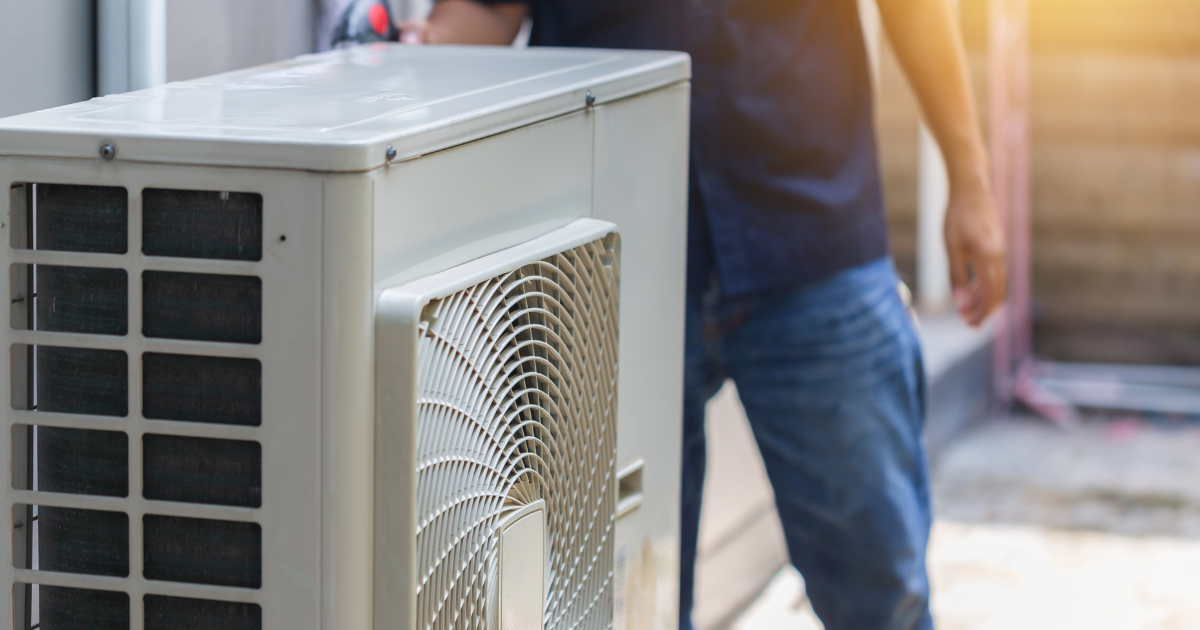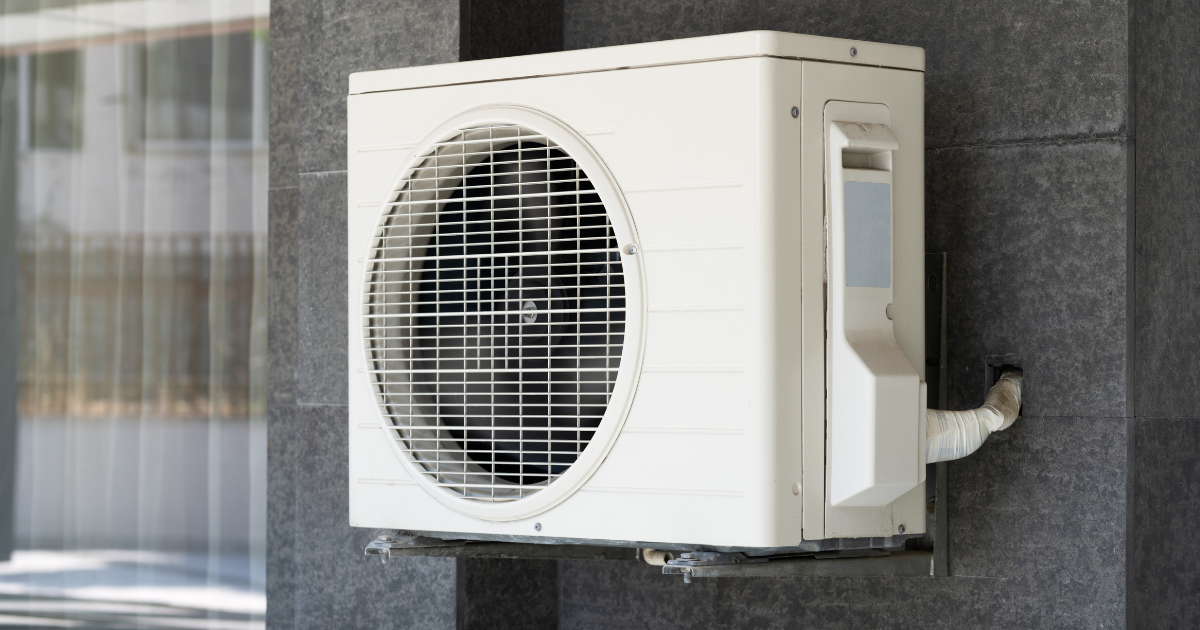Stay Safe, Stay Warm
There are a lot of different ways to heat your home in the wintertime, and all of them can lead to fire and other safety hazards when the proper precautions aren’t taken. These precautions include learning the correct operation and maintenance best practices for each type of heating used in your home, as well as an gaining an understanding of the common hazards associated with those heating sources—and how to prevent them.
Many homes have more than one type of heating installed, and homeowners often supplement those sources with space heaters and other forms of localized heat. Here we’ve discussed the most common types of home heating, the hazards associated with each, and maintenance tips for optimal performance and safety.
But first, some basic precautions that every homeowner should take:
- Learn the system. Become more familiar with your heating system so you know when it’s working properly and when it’s not. Learn how to perform basic maintenance on your system to keep it running at optimal efficiency to prevent fire and other safety hazards.
- Schedule detector tests. It only takes a few minutes each month to check all the smoke and carbon monoxide detectors in your home. Hold a detector test at the same time of every month and show each member of your household how to check them. Keep extra batteries on hand so the ones that stop working can be replaced immediately. Carbon monoxide dangers are associated with all types of combustible heating, including fireplaces and wood stoves, so consider installing one in your home even if you don’t have gas or oil heat.
- Install fire extinguishers. Keep a fire extinguisher on each level of the home in an easy-to-access location and in places where a fire is more likely to occur, such as the kitchen.
- Create and practice an evacuation plan. Every home should have a fire and emergency evacuation plan and it should be practiced on a regular basis to keep it fresh in everyone’s minds. Make sure you hold fire drills at different times of the year during both the day and night.
Gas Furnaces/Central Heating
Gas heating burns fuel and produces carbon monoxide as a by-product. Carbon monoxide detectors warn us about leaks, but regular cleaning, filter replacement, and professional inspections will keep the system running at top efficiency and safety so that leaks never happen in the first place.
Carbon monoxide sinks, so install detectors low to the ground. Be cautious of installing combined carbon monoxide and smoke detectors too close to the ceiling, or use separate units for optimal safety. Carbon monoxide poisoning will often affect children and pets before adults. Unusual lethargy and sleepiness are two of the first signs to look for.
To avoid fire hazards with central heating, replace filters once a month during daily-use months and have your ducts inspected regularly for leaks. Leaky ducts cause systems to work harder and run longer, increasing the risk of fire. Vacuum in and around the entire unit twice a year to remove dust and flammable debris. Keep intake and output registers clean and clear from furniture, debris, and flammable materials.
Woodstoves and Fireplaces
Burning wood for heat is common but comes with a number of special fire hazards and precautions. Have your chimney inspected and cleaned once a year. Do not use excessive amounts of paper or any liquid flammables to start a fire, as hot, roaring fires can cause a chimney fire. It’s more efficient to keep a smaller, sustained fire anyway. Remember, there’s an art to starting a fire—it’s not just igniting a pile of fuel. Keep your woodpile dry and away from your home’s perimeter. Don’t decorate your hearth and mantel with flammable materials and plant debris.
When burning wood in a fireplace, keep a protective screen around the opening to keep sparks and embers contained. Keep flammable materials well away from the fireplace, hearth, and mantel. Keep a fire extinguisher within arm’s reach of the fireplace, and do not leave a fireplace fire unattended.
Woodstoves should be double checked for proper installation and correct clearance from combustible surfaces. Wood stoves should be burned hot for 15-30 minutes a day to prevent creosote buildup in the stove and chimney.
Woodstoves and fireplaces should be cleaned regularly and ashes should be disposed of properly. Scoop ashes into a metal bucket with an inch of water in the bottom. Wet ashes can be added to a compost pile or applied directly to a garden or other outdoor plants. Do not dispose of ashes indoors or keep ash containers indoors.
Space Heaters
Space heaters are available in many shapes, sizes, and designs these days, and they are often electric. Standalone oil-burning units can also be used but require proper ventilation. Portable units should come with an emergency shutoff in case the unit tips over.
Choose a space heater that suits the space you’re trying to heat, for optimal performance, energy use, and safety. Keep space heaters in a safe area away from children, pets, furniture, and flammable household items.
Stay warm this winter, and remember to put safety first. Contact an HVAC professional like Bob Jenson Air Conditioning and Heating if you need help preparing your home’s heating system for the coming months.

Bob Jenson
For over 45 years, Bob Jenson has been providing quality heating and air services to the San Diego community.
Request Service
Please fill out the form below to request an estimate or schedule service.
"*" indicates required fields







